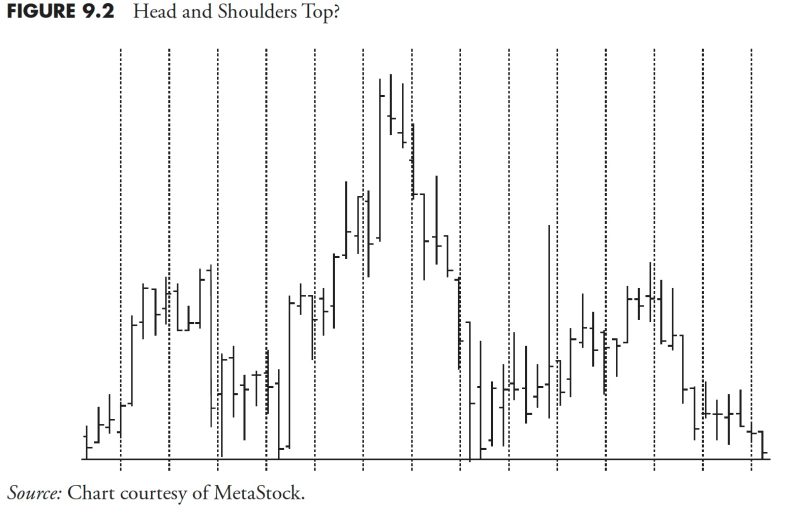
Unleashing the Power of Technical Indicators in Market Research: Part 2
Market Research and Analysis Part 2: Using Technical Indicators
Understanding technical indicators is crucial for effectively analyzing market trends and making informed investment decisions. In this article, we will delve deeper into the world of technical analysis and explore how various indicators can help traders and investors navigate the complexities of the financial markets.
Moving Averages: One of the most widely used technical indicators, moving averages provide valuable insights into the direction of a trend. By smoothing out price data over a specific period, moving averages help identify key support and resistance levels. Traders often use the crossover of different moving averages to signal potential buying or selling opportunities.
Relative Strength Index (RSI): The RSI is a momentum oscillator that measures the speed and change of price movements. It oscillates between 0 and 100 and is typically used to identify overbought or oversold conditions in the market. A reading above 70 suggests that an asset may be overbought, while a reading below 30 indicates oversold conditions.
MACD (Moving Average Convergence Divergence): The MACD is a trend-following momentum indicator that shows the relationship between two moving averages of an asset’s price. Traders look for signal line crossovers and divergences between the MACD line and the signal line to identify potential trend reversals. The MACD histogram also provides additional insights into the strength of a trend.
Bollinger Bands: Bollinger Bands consist of a simple moving average and two standard deviation bands above and below the average. These bands expand and contract based on market volatility, providing a visual representation of price volatility. Traders often use Bollinger Bands to identify potential breakouts or overbought/oversold conditions.
Stochastic Oscillator: The Stochastic Oscillator measures the momentum of a price relative to its price range over a specific period. It oscillates between 0 and 100 and is used to identify potential trend reversals or confirm the strength of a current trend. Traders often use overbought and oversold readings to time their entry and exit points.
Volume Analysis: While not a traditional technical indicator, volume analysis plays a crucial role in technical analysis. Changes in trading volume can provide essential clues about the strength of a trend or potential trend reversal. Increasing volume during a price move can confirm the validity of the trend, while decreasing volume may signal a lack of conviction among market participants.
In conclusion, technical indicators play a vital role in market research and analysis. By incorporating a variety of indicators into their trading strategies, investors can gain a more comprehensive understanding of market trends and make better-informed decisions. However, it is essential to remember that no single indicator can provide all the answers, and traders should use a combination of indicators to validate their trading decisions.
